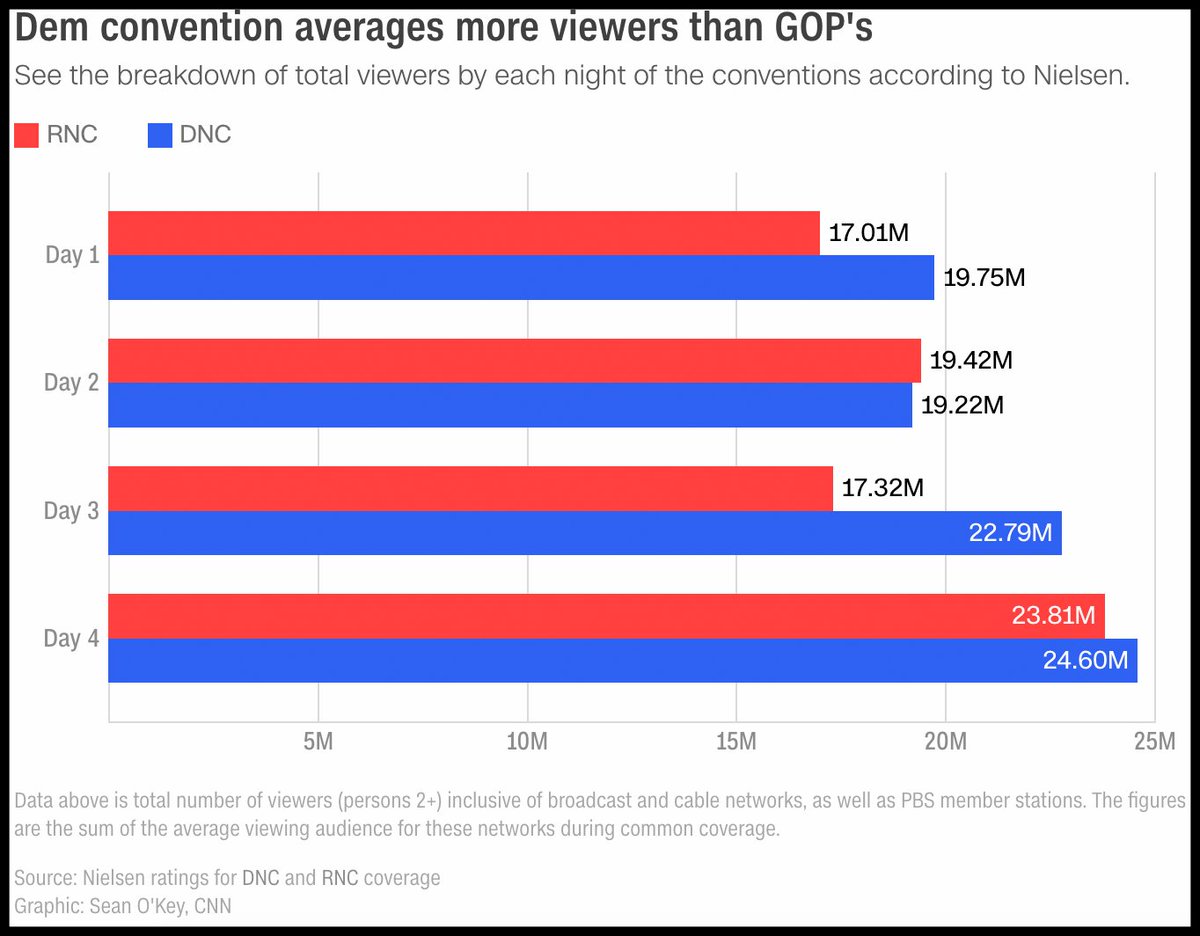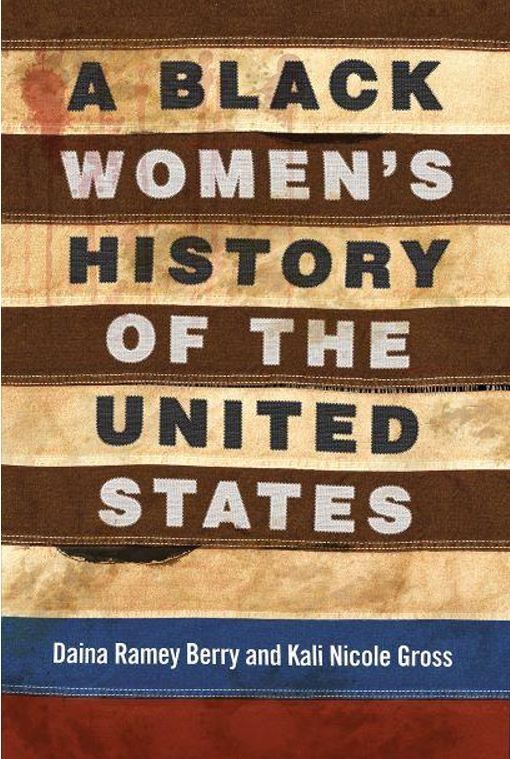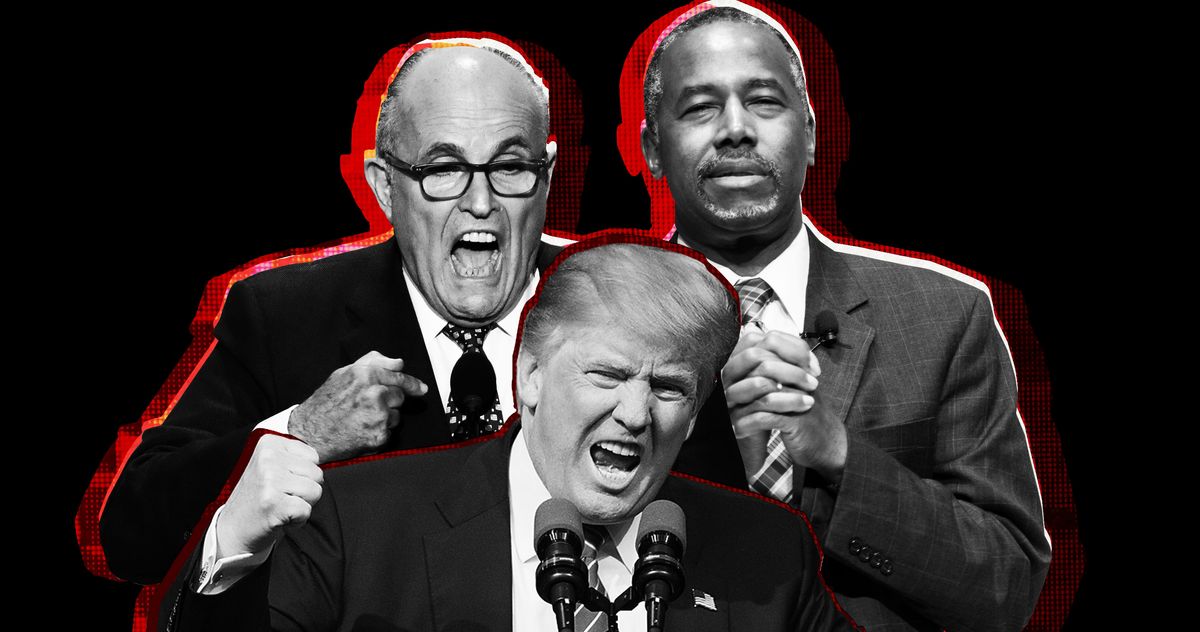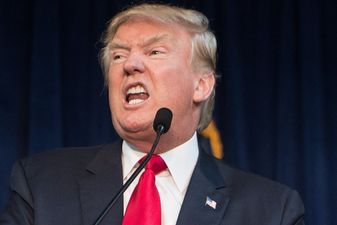
Mayor Bill de Blasio and Chancellor Richard Carranza
Dear Commons Community,
My colleague, David Bloomfield, had a blistering op-ed in the Gotham Gazette calling on New York City’s Schools Chancellor, Richard Carranza, to resign. Bloomfield comments that Carranza and Mayor Bill de Blasio are steering the school system to a disaster for the coming school year. Here is the entire op-ed.
“Unless there’s an unexpected, immediate turnaround, New York City’s public schools need new leadership.
Poorly planned March closures, Spring and Summer distance learning failures, and overwhelmingly confused reopening plans for Fall are evidence of a system in near collapse and the cause of widespread parent and teacher despondency.
This is not all Chancellor Richard Carranza’s fault. He works for a Mayor who has been slow and stubborn throughout the city’s pandemic response, especially when it comes to the schools. But Mayor Bill de Blasio still has a year and a half left in office and our schools need new leadership now. We need a new Chancellor who will stand up to the Mayor, demonstrating managerial decisiveness and instructional vision. Deferring to de Blasio at every turn is a calamity for our children who face a perilous educational future.
Mayoral control of the city’s schools makes the Chancellor’s independence difficult. But Police Commissioner Dermot Shea regularly challenges the Mayor and gets away with it. Education is no less a technical field than policing. Carranza, however, has shown little backbone to chart his own course over the past two-and-a-half years and especially for the past six months. He needs to step up or step aside for a stronger replacement.
There is little chance that de Blasio will remove the Chancellor, a loyal soldier. Some will question changing horses mid-stream. But when the water is rising and the Mayor with the Chancellor at his side are stuck, the only choice is to spur change. So, without new-found independence, it remains for Carranza to leave, allowing new leadership to move us forward.
Carranza’s greatest and most lasting legacy has been calling out our system’s structural racism. He dared utter the word “segregation” when it stuck in de Blasio’s throat. He called for dismantling screened schools. He appointed people of color and women to high positions. No Chancellor in history has been more forceful in their calls for a more just and equal school system.
Those words, though, have not been followed by sufficient action. Here again, perhaps held back by the Mayor, Carranza has not met the moment. He has lagged, rather than led, as a few community school districts made strides improving diversity. Screened schools still promote segregation. Implicit bias training has been overly expensive and of dubious effectiveness. Two reports by the School Diversity Advisory Group have largely been shelved, especially the most significant integration recommendations. Now, inequities accumulate in haphazard reopening plans and budget cuts visited on the most vulnerable. Having broken through on rhetoric, stronger leadership is required to turn verbal commitments into reality.
De Blasio ran out of educational gas with his inspired first burst of effort bringing truly universal pre-kindergarten to New York. But Chancellor Fariña merely reversed Bloomberg-era reforms and Carranza has shown little ability to make strides in either instruction or bureaucratic responsiveness. Many outstanding educators wait in the wings to bring extensive leadership experience, new energy, and independent ideas to our schools. Among them are First Deputy Chancellor Don Conyers, Rhode Island Education Commissioner Angélica Infante-Green, and ex-Montgomery County, Maryland Superintendent Josh Starr, who all have enviable track records within the New York City Department of Education and could immediately step into the Chancellorship.
If.
If de Blasio can suppress his arrogance and admit he is no educational expert, allowing a new Chancellor to choose his or her own team and set a course outside the political calculus of City Hall.
If Chancellor Carranza has the courage to step up or see that he has brought us to where we are but can go no further.
If we, under new leadership, can reclaim our sense of hope and confidence instead of fear and confusion about this traditional time of renewal, the new school year.”
I would add that there is a good chance that there will be a strike or other significant job action in New York City on the part of the United Federation of Teachers at the start of the school year to add to Carranza’s woes.
Tony










